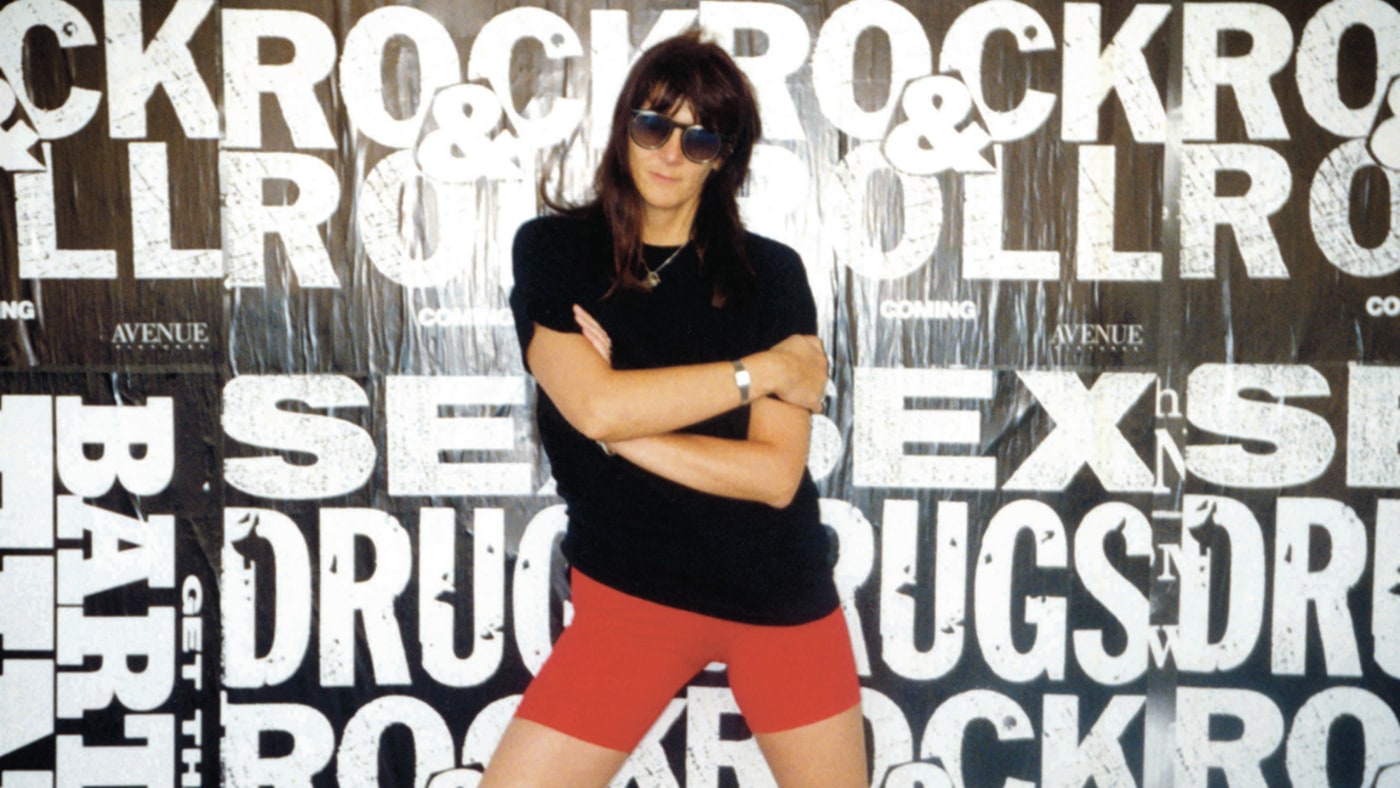
“The driving force behind everything she does is a desire to fuse art and life through eliciting real responses from audiences of real – not exclusively art-world – people” (Berman, 2017).
This phrase is a description of who Cosey Fanni Tutti is and how she views her work in the controversial field of pornography. Tutti entered the field out of curiosity and her excitement with sexuality. She and the porn industry in general were met with immense push back and social stigma. When she first debuted at the Institute of Contemporary Art in London, many people repudiated her work. One government official called her and the other artists displayed in the exhibit on pornography as “wreckers of civilization”. The gallery had to be relocated because of the obscenities and the public push back. Her photographs were placed in the back, storage area of the ICA and were only to be taken out if a person specifically requested. Although the Institute of Contemporary Art was known for its innovative and up and coming displays, I guess Tutti’s work came on too strong in the public’s eye.
Should pornography be viewed as art? At what point is a naked image a piece of art and at what point is it pornography? Would you say the statue of David is pornography? If so that would mean that Michelangelo is one of the most praised pornographic artists throughout history. If pornography is art, then it is possibly one of the most sought after and profitable art forms. According to the NBC News (2015), the industry of pornography is worth between $10 billion and $12 billion dollars annually. That puts a high price on this genre of art. And although it is stigmatized in society, if pornography is considered art, it is also likely the most common art that the average person invests in. According to the Barna Group (2014), around 65% of men over the age of 18 access pornography at least once a month. If it is so common to enjoy pornography, then why are we so hesitant to call it art? Why isn’t society willing to accept the images in a frame at a museum, but they are willing to access them on their phone or computer at home?
Tutti suffered through these social stigmas her entire career and tried to use her voice and her art in order to change American culture’s perception of pornography. As the feminist movement emerged as Tutti’s career was kicking off, many perceived her work as feminist. Tutti did not mind it being labeled as such, but made it clear to the world that she wasn’t trying to make a statement of what it is like to be a woman in a man’s world, but rather she was making art. Her work was for her own pleasure and to relate to people rather than to make a point that she was a woman rebelling against traditional customs. Tutti lives her life by this motto, “My life is my art, my art is my life.” She does not see herself as another body exploited for the sex industry, but rather as an artist who embraces who she is and creates art about how she feels and what she experiences.
As an artist, Tutti hopes to inspire younger artists to push the boundaries and find what art form they love. She encourages them “to express themselves and try to make sense of the world and your position in it.” She explored in her youth the industry of pornography, and she made it her art form of choice. She exceled in the field and has risen against the odds of a popular industry that is constantly impeded by social stigmas. Whether you believe pornography is art or not, you have to admit that Tutti embraced the field with a passion that any other well-known artist had. Is that a crime?
References
Berman, Judy. “Throbbing Gristle Founder Explores Porn as Art in Memoir.” Rolling Stone. Rolling Stone, 17 May 2017. Web.
CNBC.com. “Things Are Looking Up in America’s Porn Industry – NBC News.” NBCNews.com. NBC Universal News Group, 20 Jan. 2015. Web.
Hesch, Joel. “2014 Survey: How Many Christians Do You Think Watch Porn?” Press Release – Digital Journal. N.p., 14 Aug. 2014. Web.






